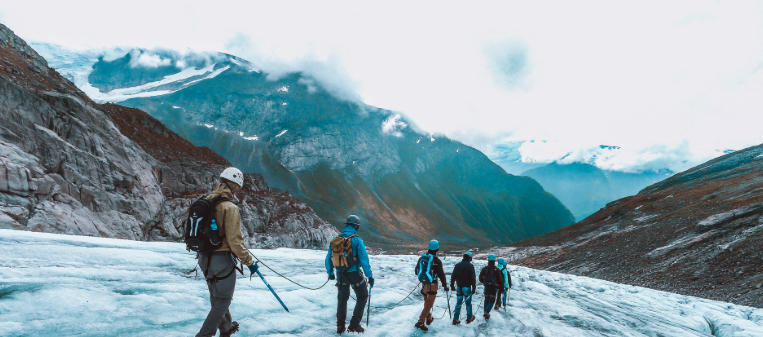Norway’s Glaciers: Size and Significance
Norway is renowned for its stunning natural beauty, and its glaciers play a pivotal role in shaping the country’s majestic landscapes. These icy giants are not just a feast for the eyes; they are vital indicators of climate change and an essential part of the ecosystem. Understanding their size and characteristics helps us appreciate their significance and the environmental challenges they face.
The Largest Glaciers in Norway
Norway is home to some of the largest glaciers in Europe, with Jostedalsbreen being the most immense. This glacier covers an impressive 487 square kilometers, making it a significant feature in the region. Other notable glaciers include Briksdalsbreen and Nigardsbreen, which are popular among tourists for their breathtaking views and accessibility. Knowing the size of these glaciers is crucial not only for scientific research but also for outdoor enthusiasts looking to hike and explore the unique terrains they offer.
The Impact of Climate Change on Glaciers
Glaciers are sensitive indicators of climate change, and Norway’s glaciers are no exception. Over the past few decades, many of these massive ice formations have experienced dramatic shrinkage due to rising temperatures. Research indicates that Jostedalsbreen alone has retreated significantly, losing nearly 20% of its mass in recent years. This reduction not only alters the landscape but also affects local ecosystems and water supply for nearby communities. Observing these changes can help us understand the broader implications of global warming and the urgent need for environmental action.
Exploring the Glacier Landscapes
Visiting Norway’s glaciers is an unforgettable experience, offering both adventure and education. Popular activities like glacier hiking, ice climbing, and boat tours provide an up-close view of these icy wonders. Places like the Jostedalsbreen National Park offer well-marked trails that allow visitors to explore various aspects of glacial features and their surroundings. By immersing yourself in these environments, you can appreciate the awe-inspiring beauty and undeniable fragility of these natural wonders, reinforcing the importance of preserving them for future generations.
In conclusion, Norway’s glaciers are not just icy expanses but essential components of our planet’s climate system. By understanding their size, significance, and the impact of climate change, we can foster a greater appreciation for these majestic formations. Whether you’re planning a visit or simply looking to learn more, exploring the fascinating world of Norway’s glaciers is well worth your time. Dive into this topic further, and consider how you can contribute to preserving these stunning landscapes.

